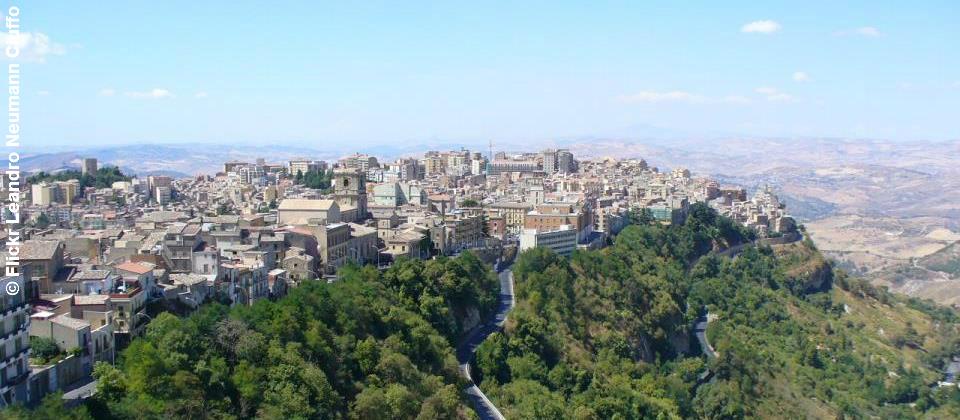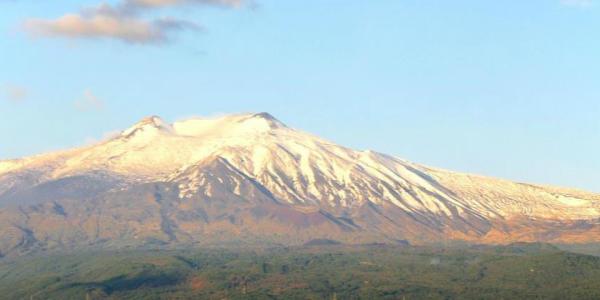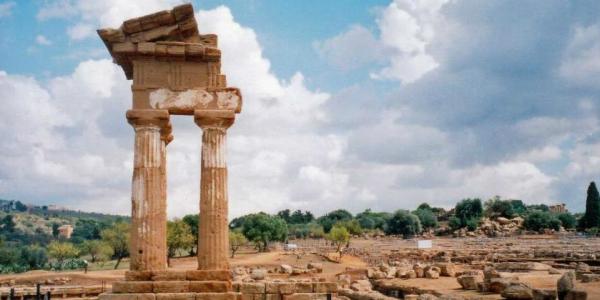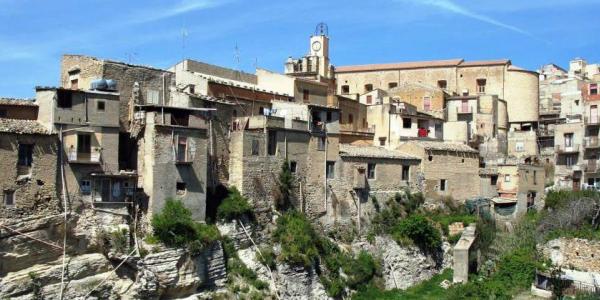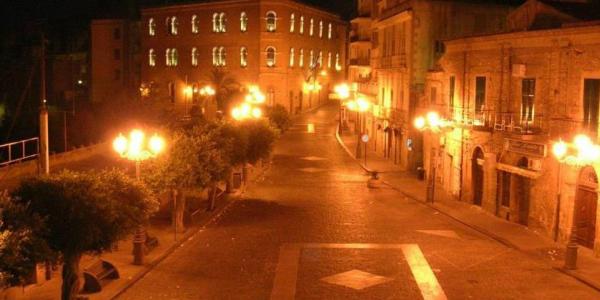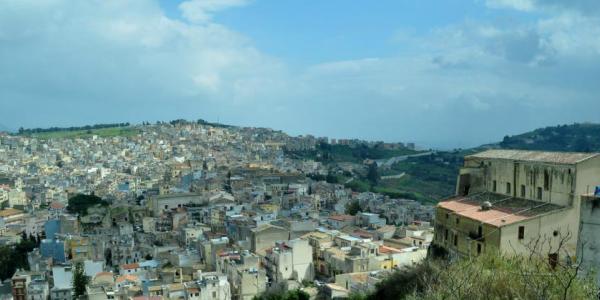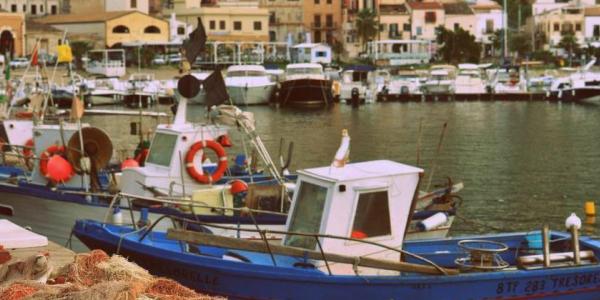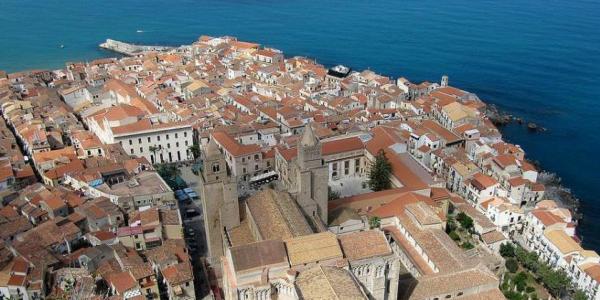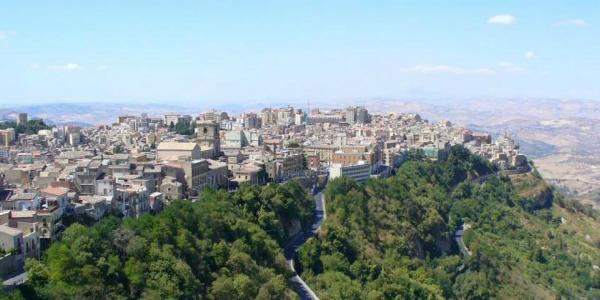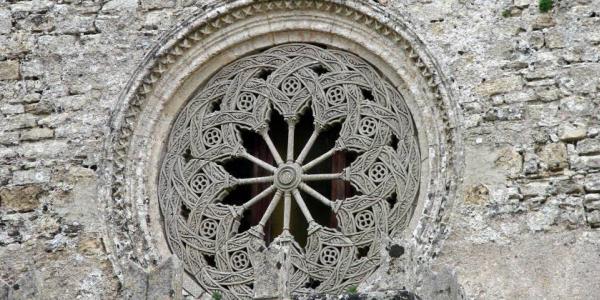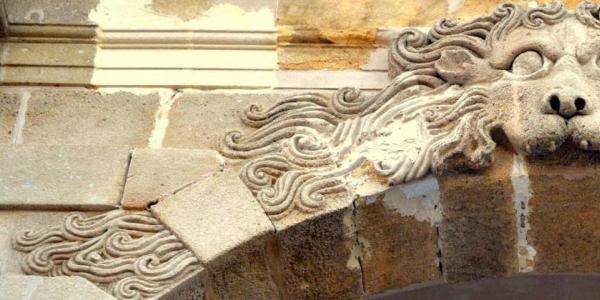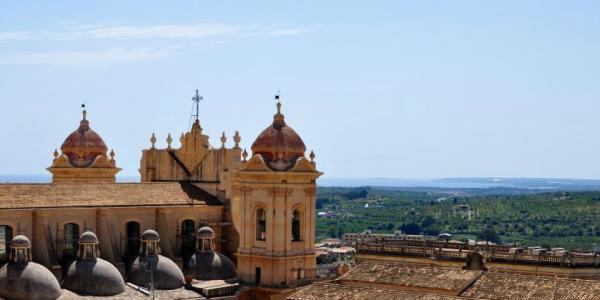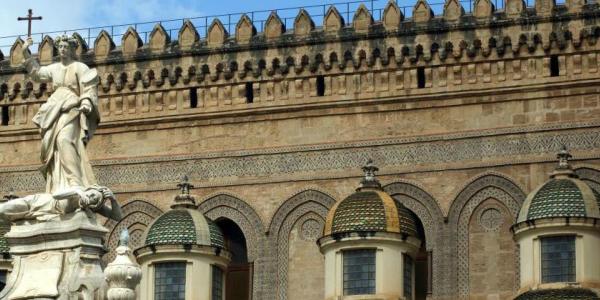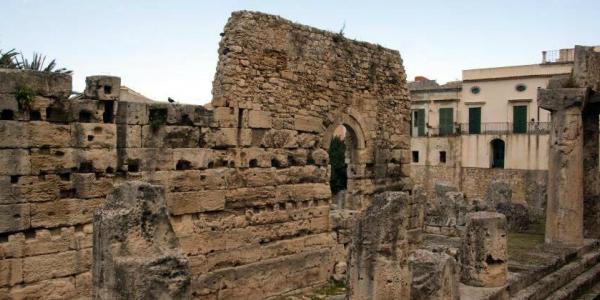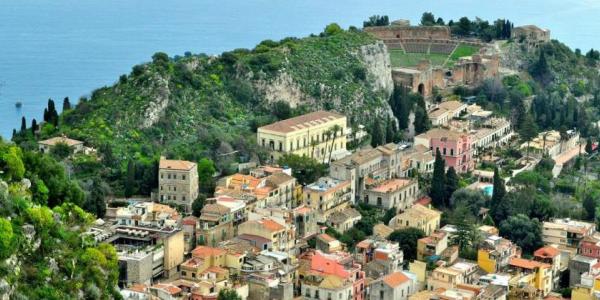Situated at the centre of the island of Sicily, Enna, known until 1927 as Castrogiovanni, is the highest provincial capital in Italy (at 948 metres above sea level). The Greeks called it the “umbilicus of Sicily” and due to its easily defendable position on the top of a tall hill, it was a key objective for the many invaders that have sought to conquer the island over the centuries.
The city became the focal point of the Arab invasion of Sicily, which began in 827 AD with Palermo falling in 831. Enna however took 30 years to conquer and after several failed attempts, the Arabs finally managed to get in through the sewer system in 859. Its Roman name Castrum Ennae was arabized to "Kasr Yannah”, bringing an end to the Byzantine period in Sicily.
The Enna area is a land of myth and legend which appears in the story of the rape of Persephone by Hades. Persephone was the daughter of Zeus and Demeter, and after her abduction on the shore of Lake Pergusa, she became the goddess of the underworld. In her anger at losing her daughter, Demeter, the goddess of the Earth, fertility and the harvest, rendered the land barren. As a result, it was agreed that Persephone would spend various months each year in the underworld during which time Demeter would grieve for her daughter's absence, creating winter. By contrast, her annual return to the earth in spring would be a period of joy in which the meadows would flourish and new grain would suddenly sprout.
Enna's main attraction is the Lombard Castle built by Frederick II of Swabia in the early part of the 13th century. It is situated on the eastern corner of the plain and overlooks the whole city. Historians agree that the castle was erected on the ruins of an earlier fortification, probably Arab or Byzantine. In ancient times the Fortress of Ceres (Demeter) stood just below the Lombard Castle. This was a temple dedicated to the goddess of fertility in which rites and sacrifices to Demeter and her daughter Persephone were held in the hope of guaranteeing a good harvest.



